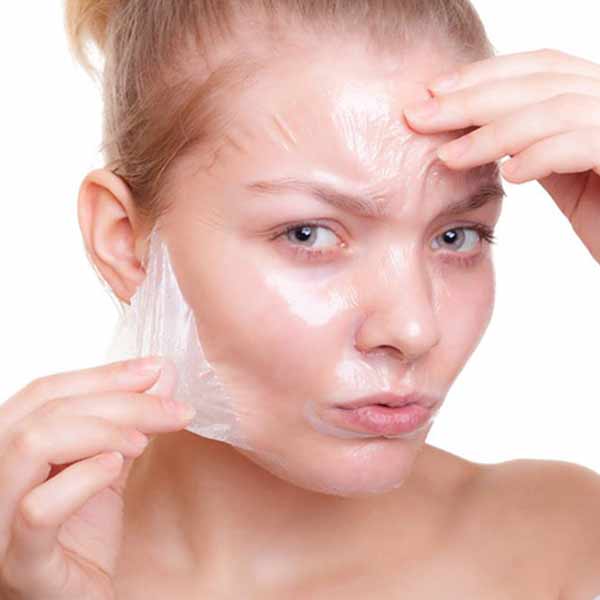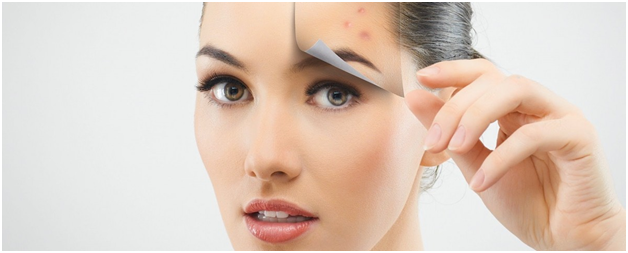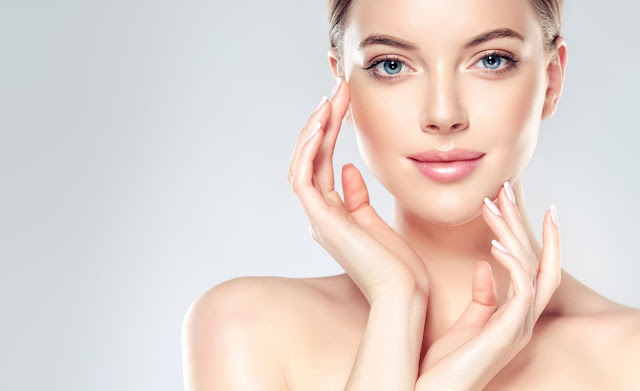Chemical Peels for Skin
What are the Problems that You Faced During Chemical Peel
Botox and fillers might be the negligibly intrusive corrective systems within recent memory, yet the chemical peel is as yet going solid.
In basic terms, chemical peels utilize corrosive (there are various sorts) to separate the top layer, or layers, of skin to help lessen the appearance of barely recognizable differences, wrinkles, and uneven skin tone. In all honesty, chemical peels have been around since the mid-1800s, however, they truly appeared to pick up standard ubiquity in the late '90s and mid-2000s.
Most importantly, Is It every chemical peel is the equivalent?
Chemical peels run the scope of various sorts of items that can be utilized and make best skincare treatment in new city, and there's a major contrast in how profoundly the chemical that is being applied influences the skin.
At the point when individuals allude to chemical peels, Yagoda noted they're normally discussing shallow chemical peels. These are the mildest of the bundle, as they require a little vacation. You may encounter some redness for 20 minutes to thirty minutes subsequently, and you may encounter some dryness or chip throughout a couple of days, yet else, you can return to nothing new. Run of the mill acids utilized in shallow peels incorporate glycolic, salicylic, corrosive and malic corrosive, Yagoda said. Shallow peels are useful for treating barely recognizable differences and wrinkles, huge pores and dull spots, and to help fix the skin.
Medium-profundity peels, for the most part, use trichloroacetic corrosive at groupings of 35 percent or less. These sorts of peels, for the most part, utilize an unadulterated type of the corrosive that isn't killed, and they aren't commonly made accessible for spa facials. Medium-profundity peels can help treat skin that has a lot of photodamages, sun spots, gentle to direct skin break out scars, crepey skin under the eyes or dark circles.
The drawback is the recuperation time frame, which Yagoda noted runs somewhere in the range of five to seven days. The skin is left crude and red and should be continually secured with balm, however, she said it shouldn't be difficult.
That implies, for those five to seven days, it's reasonably work escalated, in light of the fact that you're gooey and putting on stuff constantly, she said. You can't generally go out.
The most profound peels, which target progressively genuine skin issues, for example, serious skin break out scars, over the top sun harm or detachment of the skin, likewise utilizes trichloroacetic corrosive, however at fixations beginning at 50 percent to 70 percent, or phenol corrosive. She likewise noticed that profound profundity peels may not be reasonable for those with darker skin tones, as they could bring about scarring or hypopigmentation. Run of the mill personal time is around seven to 10 days, yet could even the most recent two weeks.
As Levine clarified, for the individuals who normally get peels, the quality of each peel can be expanded each time. Thus, the individual's resilience increments, and after some time, patients can get more grounded peels with diminished vacation.
What really occurs during a chemical peel?
Prior to the real peel, your facialist will clean the skin to remove any cosmetics, sunscreen, and oil ? on the grounds that if there is oil on your skin, it goes about as an obstruction and keeps the corrosive from getting in profoundly.
Levine revealed that he likewise applies a salve to the skin around regions like the eyes, nose, and mouth, where you don't need the peel to pool. He additionally utilizes a lip balm to keep the mouth secured. At that point comes the corrosive.
Time allotment the corrosive remains on the face rely upon the quality and kind of peel. In the event that it's mellow, it will kill itself in a timeframe, and afterward, the patient can wash it off. On the off chance that the peel is more grounded, it requires a killing specialist to prevent the corrosive from working.
During the peel procedure, the chemicals cause a response with the skin and break up the external layers of dead skin to help even the skin tone and surface and advance the structure of collagen, Levine clarified.
The treatment makes little damage to the skin, which enables it to construct new collagen, yet to recover itself and make new, new skin.





Comments
Post a Comment